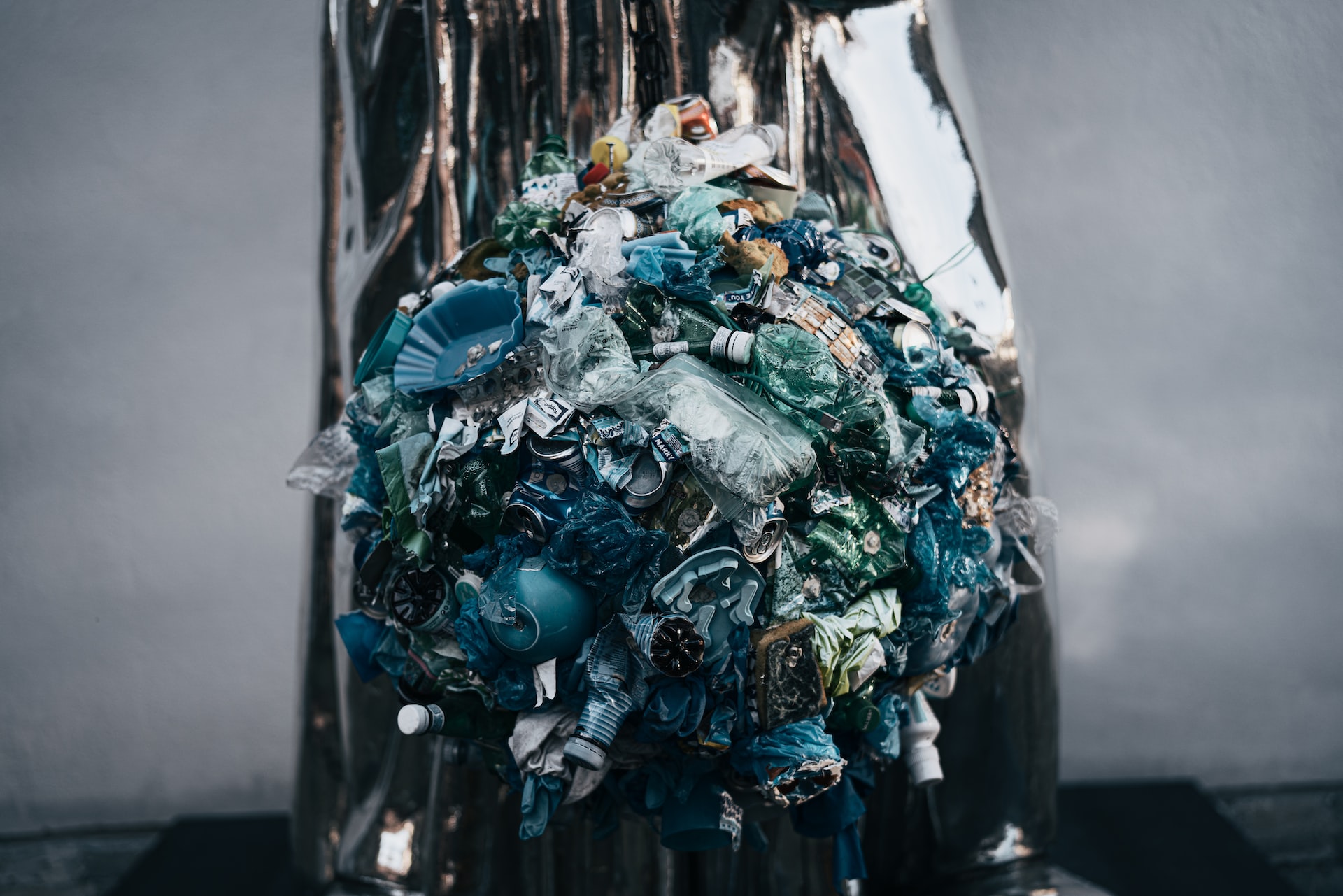Plastic pollution has become one of the most pressing environmental problems of our time, affecting terrestrial and marine ecosystems on a global scale. Striking images of oceans invaded by islands of plastic waste and marine animals trapped in nets and plastic bags have drawn public attention to the scale of this scourge. It is these shocking images of vulnerable and emblematic animals relayed by NGOs and associations defending the ocean and its population that have contributed to a much greater awareness and mobilization than certain other equally serious but more invisible forms of pollution, such as PFAS* (also known as eternal pollutants, present in water, indoor air, food, kitchen accessories, textiles, cosmetics, phytosanitary products, etc.).
Yet plastic production and consumption continue to grow exponentially. Plastic production has risen from 1 million tonnes a year in 1950 to 460 million in 2019, according to a 2022 OECD report, and could even reach 1.2 billion tonnes by 2060. It’s important to remember that 99% of plastic comes from fossil fuels.
For a long time, discussions focused on single-use plastics, but we’re witnessing an exponential supply of plastics across all sectors: automotive, aviation and healthcare. Plastic has gradually replaced other, far more durable materials. We could devote an entire article to this subject, but the important thing to remember here is that we must avoid at all costs making consumers believe that by recycling plastic to make new things, we can consider ourselves to be protecting the environment and our health. On the one hand, the recycling process is far from trivial, and on the other, such business models run the risk of perpetuating the problem, since pollution could be thought of as being absorbed in a perpetual cycle of recycling.
“Petrochemicals are the most energy-intensive sector, ahead of aviation, road transport and car production.
What’s the problem? Unfortunately, the list is long. The massive and growing use of fossil fuels and chemicals that pollute the environment and our health, the 5 to 23 million tonnes of plastic dumped in the ocean every year that suffocate ecosystems and kill 100,000 marine mammals, not to mention the 400,000 to 1 million people who, according to estimates by the Tearfund association, die every year from illnesses linked to poor waste management, in particular the toxic fumes emitted when plastic waste is burned. Plastic enters the food we eat, the water we drink and the air we breathe.
In this article, we explore the challenges posed by plastic pollution and the actions being taken to curb it.

As with any systemic change, the bifurcation must take place at several levels: international institutions on the one hand, states and public authorities on the other, industry and finally the population.
What are international institutions doing?
In May, the United Nations Environment Programme (UNEP) published a roadmap** aimed at reducing plastic pollution by 80% by 2040. To achieve this goal, the report proposes a systemic approach aimed at solving plastic pollution problems by tackling the underlying causes. It recommends reducing the use of problematic and unnecessary plastics, as well as transforming the market in favor of the circular economy for plastics. To achieve this, three major changes are needed, focusing on reuse, recycling, reorientation and diversification, as well as measures to deal with existing plastic pollution.
The first change, focused on reuse, aims to move from a disposable-based economy to a society that encourages the reuse of plastic products. It is essential to make reuse economically more advantageous than simply throwing these products away. The report also highlights the importance of promoting a profitable market for plastic recycling.
Reorientation and diversification mean moving the market towards sustainable alternatives to plastics. This will require changes in consumer demand, regulation and associated costs.
The report stresses that these solutions already exist, and that a systemic transformation, supported by appropriate regulation, will bring economic benefits and job creation, while reducing adverse effects on human health, the environment and the climate.
The report also warns that a delay in implementing these measures could lead to an increase in plastic pollution of 80 million metric tons by 2040. Stricter regulations are also needed for the disposal of non-recyclable plastic waste and the responsibility of manufacturers of products containing toxic microplastics. However, some critics have accused UNEP of encouraging the polluting practice of incinerating plastic waste.
To bring about systemic change, we need to create an international consensus backed by regulations, and therefore start by drawing up an international treaty which will then have to be applied nationally by the signatory countries.
At a UNEP meeting last year governments finally agreed to take action to “end plastic pollution” and called for a series of negotiation meetings on a possible legally binding international treaty by the end of 2024. The meeting held in Paris from May 29 to June 2 was the second plastics summit, with three more scheduled between now and the end of next year.
Discussions focused on two main issues: the governance of the treaty, in particular the decision-making method (majority or unanimity), and the scope of the treaty, i.e. whether it should cover the entire life cycle of plastics, from production to disposal, or focus solely on waste management, positing recycling as a universal solution.
There are clearly two opposing blocs with very different visions of this future treaty:
On the one hand, some Asian countries, such as China, the USA and Saudi Arabia, backed by the petrochemical and plastics lobby, are promoting the idea of national plans with targets set by each country, emphasizing recycling and better waste management.
On the other side, a coalition of 55 countries, including the European Union, Rwanda and Norway, are advocating an approach focused on reducing the use and production of plastics, by setting global targets within the framework of the treaty.
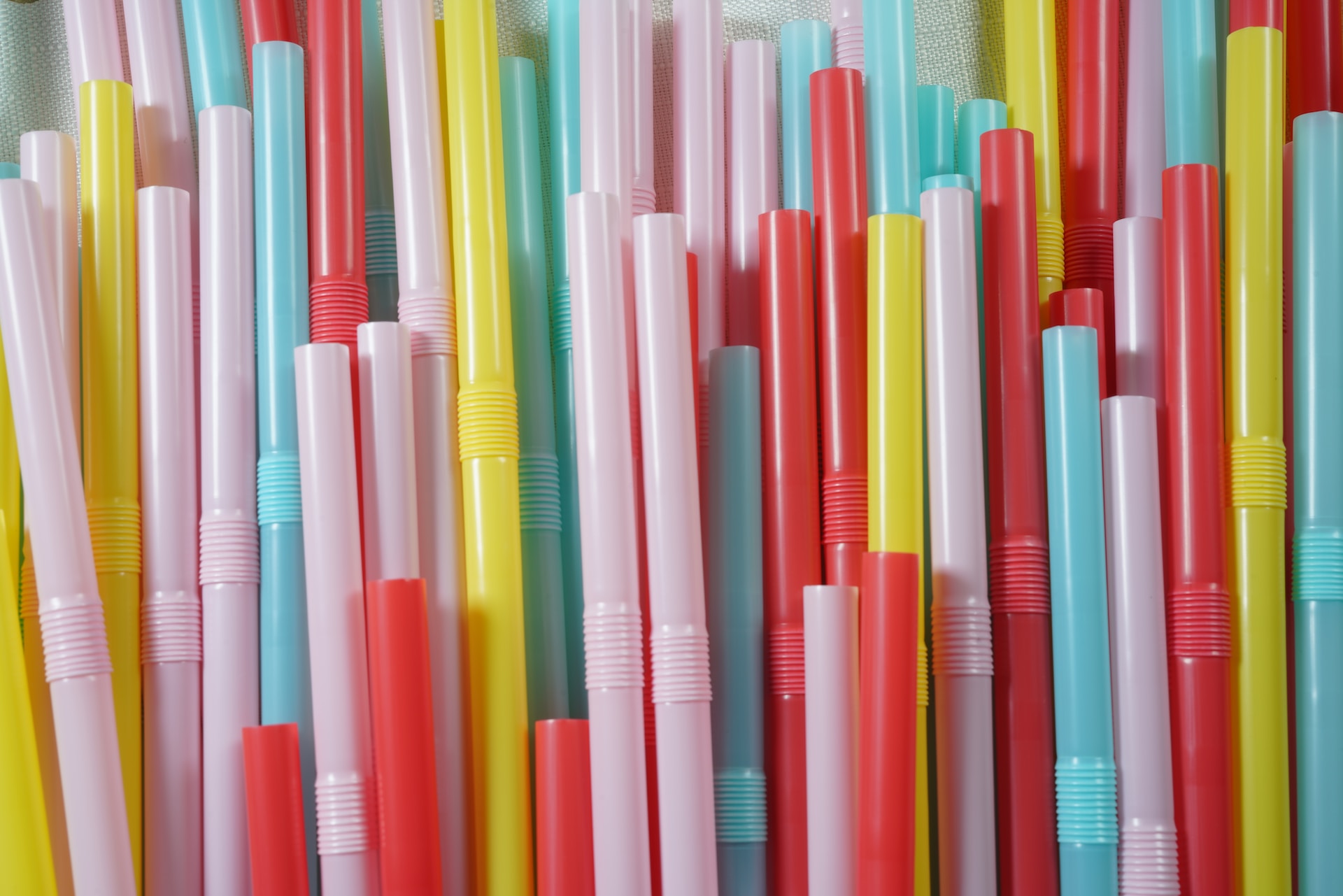
Some of the 190 lobbyists present tried to hinder progress in the negotiations, defending the interests of major companies such as Nestlé, Lego, Exxon Mobil and Coca-Cola, as well as French companies like Carrefour, Michelin, Danone, Veolia and TotalÉnergies. Their presence was criticized by several associations, some of whom also stressed that member states should represent the interests of their populations rather than those of the plastics industry, in order to achieve a strong and effective treaty.
The question of whether the treaty would be binding was also a sticking point, with some countries, including the USA, advocating national action plans rather than binding international measures. We already have an idea of the effectiveness of non-binding agreements with the example of the Paris Agreement, which to date has not been respected by any of the signatory countries…
The 175 member countries of the treaty have given a mandate to the Intergovernmental Negotiating Committee to draw up a first draft of the treaty, known as the “zero draft”, which will be presented in Nairobi this autumn. In the meantime, he is encouraged to continue negotiations within a less multilateral framework.
The debate surrounding the scope of the treaty is divisive, as it calls into question our social models and the question of sobriety. Of course, some major oil companies are opposed to this treaty, as it could jeopardize their business. However, scientists maintain that reducing plastic production is essential to putting an end to plastic pollution. While plastics and petrochemicals will contribute a significant share of future oil demand, there have been calls for the treaty to also tackle fossil fuel production, seen as the root cause of plastic pollution.

The European Commission has also decided to tackle the problem with its draft regulation to reduce the use of single-use packaging. It has two main focuses: reuse and recycling. The second is obviously much more attractive to the plastics lobbies, since recycling promises them the chance to continue their activities more or less as before.
The plastics industry in France is rubbing its hands in delight, as the government’s plan to ban plastic packaging has been blocked by the European Commission because of its current draft. They hope that French ambitions will be revised downwards if the European text results in less restrictive measures. These discussions are causing concern among environmental associations, who fear that measures in favor of reuse will be abandoned or reduced due to pressure from industry.
The European Commission is proposing to impose minimum levels of products sold in reusable containers from 2030. Food and savoury snack manufacturers, for their part, argue in favour of the use of disposable plastic packaging, highlighting the need to protect food and extend its shelf life – recurring arguments used by the food industry. However, the studies on which they are based are often incomplete, and do not include all the impacts of plastic packaging, particularly end-of-life impacts, or alternative approaches such as short-distance sales, bulk sales or reusable packaging.
Recycling is another focus of the draft European regulation, as it is of the United Nations, but scientists point out that many plastics are not yet technically recyclable, and that recycling does not reduce our plastic consumption. Manufacturers are investing in new recycling processes, but these have to be profitable and always require the production of new raw materials.
In the end, plastic, whether recycled or not, never completely disappears and continues to pollute the environment.
Another survey published at the beginning of April by Unédic, the organization that manages the unemployment insurance scheme, reveals that eight out of ten workers in France would like their work to be in line with the climate challenge.
And Switzerland?
Despite appearances, Switzerland is the European leader when it comes to plastic waste. While Switzerland is one of the supporters of an ambitious agreement, it is also one of the worst performers in terms of plastic consumption. We produce more plastic waste than almost any of our neighbors. Each inhabitant consumes 125 kg of plastic per year, compared with an average of 114 kg in European countries and 69 kg in Japan and Korea (OECD figures).
What would happen if such a ban were to be implemented in Switzerland?
Interviewed by Heidi.news, Ewoud Lauwerier, plastic management expert at the NGO Oceancare, points out that Swiss law already holds the key to implementing such a ban. In fact, the Environmental Protection Act (LPE, article 30a) allows the Federal Council to issue ordinances banning single-use and short-lived products, “if the benefits do not justify the damage to the environment”. According to Ewoud Lauwerier, “the Swiss government simply has to apply what is already enshrined in its law.” The rest is a matter of political will and courage.
On the subject of recycling, the researcher adds that “contrary to claims, Switzerland is among the worst for plastic recycling. It is estimated that 85-90% of the country’s plastic waste is incinerated for energy recovery.” Recycling largely concerns PET, which can’t be recycled ad infinitum,” he points out, before adding: “When you consider that 40% of all plastic consumed is for single use, it’s like burning oil.
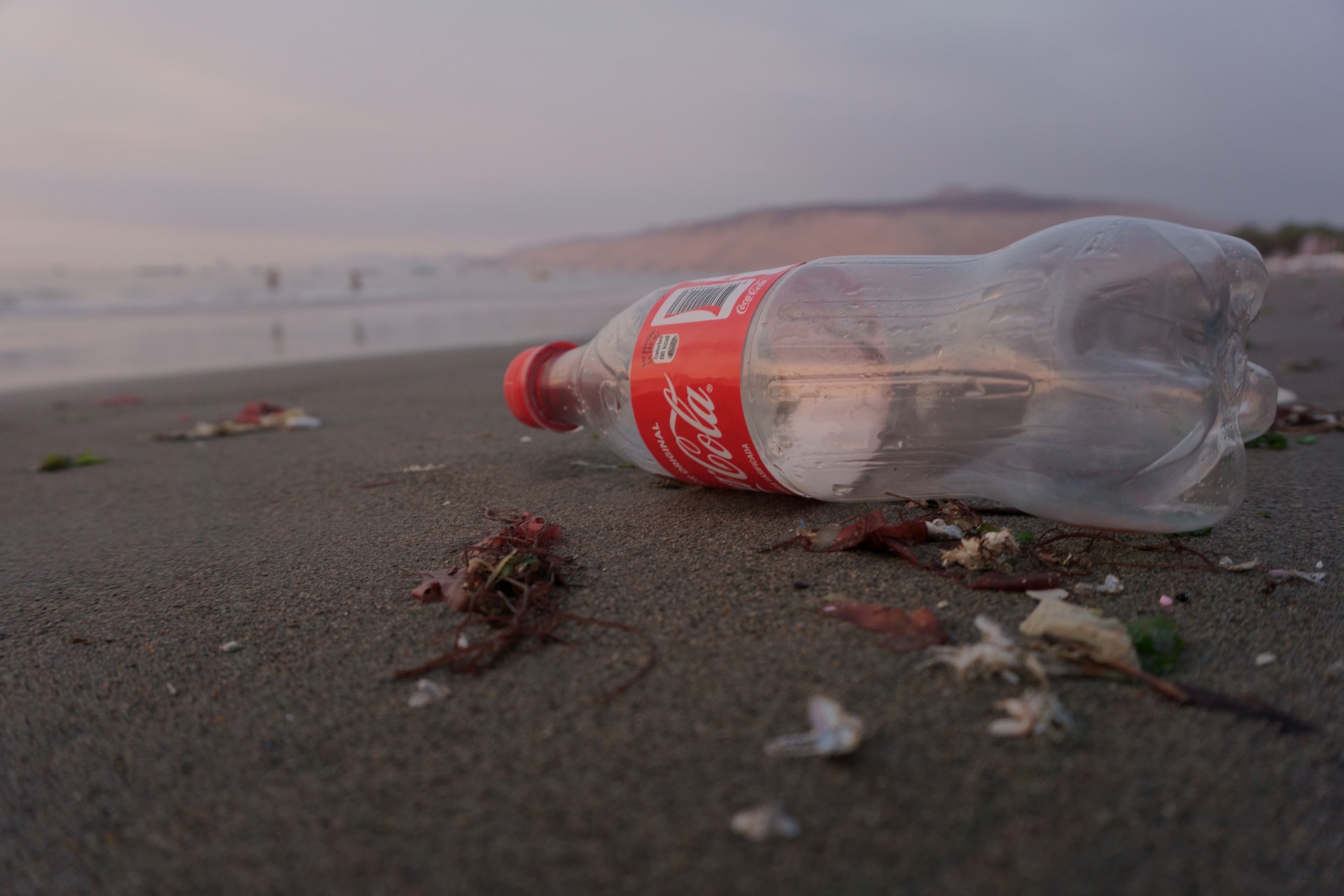
Let’s talk about PET…
Since its invention in 1973, the PET plastic bottle, considered at the time to be an innovative and sustainable alternative to glass, has undergone a meteoric rise to reach a production of over 500 billion bottles a year, dominated mainly by Coca-Cola, PepsiCo and Nestlé. The vast majority of these bottles are not recycled (70%) and end up in rivers and oceans, in landfills or incinerated, causing air pollution that disproportionately affects disadvantaged communities. What is less well known is that these bottles are the source of dangerous chemical pollution at every stage of their life cycle*:
-The raw materials used in PET production, such as ethylene glycol, release toxic substances into the air and contribute to pollution. Processing and refining of oil and gas used in manufacturing.
-PET plastic bottles release chemicals into the beverages they contain, including carcinogenic substances such as antimony.
-The recycling process itself can also lead to the incorporation of toxic chemicals into products made from recycled plastic, posing a risk to consumers.
In 2022, Coca-Cola reported in its sustainability report that reusable containers accounted for 14% of products sold, down 2% on 2021, representing 5.8 billion more single-use plastic bottles sold.
Recycling, the solution to all our problems?
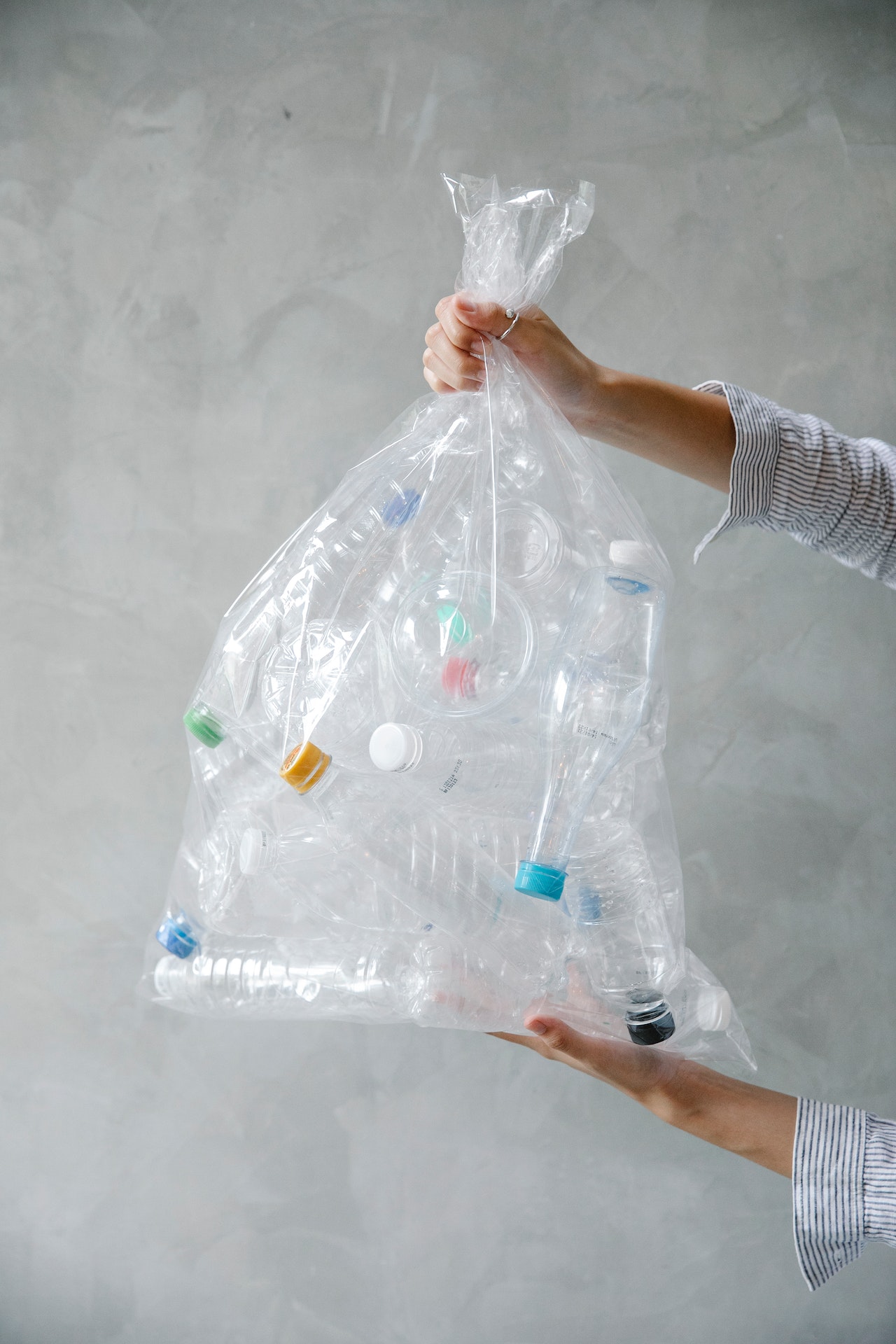
The thesis that recycling is the miracle solution to the plastics crisis is rather unrealistic: how can we imagine, with recycling rates already very low, keeping pace with the growth in plastic production while at the same time trying to achieve a higher recycling rate than current levels? Not to mention that a large proportion of plastics are not yet recyclable.
And even when they are, other problems arise. We’ve already mentioned the issue of microplastics in our article on the ocean and the environmental and health threats they represent. A study published in the Journal of Hazardous Material Advances reveals that a plastic recycling plant in the UK produces up to 1.4 tonnes of microplastics per year, despite the use of filters. It seems that plastic shredding, shredding and washing operations in recycling plants can transform between six and thirteen percent of incoming waste into microplastics. These tiny, toxic particles are an emerging and ubiquitous environmental concern for the planet and for human beings. If the research team’s calculations are representative of the recycling industry as a whole, the scale of microplastics created during recycling processes would be shocking, perhaps as much as 400,000 tonnes per year in the USA alone, the equivalent of around 29,000 truckloads of microplastics. This study suggests that, instead of helping to solve the triple global crisis of pollution, climate change and biodiversity loss, recycling could actually exacerbate the problem by creating an even more complex dilemma.
According to a recent study by Greenpeace***, only 6% to 9% of all plastic produced since 1950 has been sent for recycling. Closed-loop recycling, in which identical or similar products are remanufactured, accounts for a tiny proportion of recycled plastic. Most of the time, recycled plastic is used to manufacture inferior products, a process known as top-down recycling. What’s more, plastic can only be recycled twice before it loses its essential properties, which limits its durability.
Another study**** stresses that current plastic waste management practices are inadequate.
“If a person in Switzerland deposits 70% of their plastic waste at a collection point for a year, the ecological benefit is only equivalent to going without a beef rib steak.”
Rather discouraging! These studies and statistics clearly tell us that continuing to produce, buy, sort and eventually recycle plastic will not solve the problem.
What do manufacturers do?
At a time when ecological awareness is rising in Europe, and regulations are becoming increasingly stringent, some petrochemical companies are turning to emerging countries that want to consume like us, in order to develop their activities and ensure their continued growth.
Others propose substituting petroleum-based plastic with biosourced plastic, i.e. plastic derived from food crops such as potatoes, corn, beet, sugar cane, etc. The problem is the scale at which crops have to be grown to obtain sufficient yields: fertilizers and pesticides will have to be used, and these are manufactured by the petrochemical industry, so we’ve come full circle. The polymer production process remains unchanged: just because the raw material comes from nature doesn’t mean it’s clean. Bioplastic containers are often perceived as safer and more environmentally friendly, but they can also release potentially harmful compounds and generate microplastics during degradation. Their safety for human health has not been proven, and insufficient tests have been carried out to assess their endocrine-disrupting effects.
The industry’s stance is clearly to look for any means to attack new markets, to find alternatives to continue manufacturing plastic, but much less to look for sustainable alternatives and solutions to a problem of their own making.
“We need to tackle the whole plastic life cycle, starting with production.”
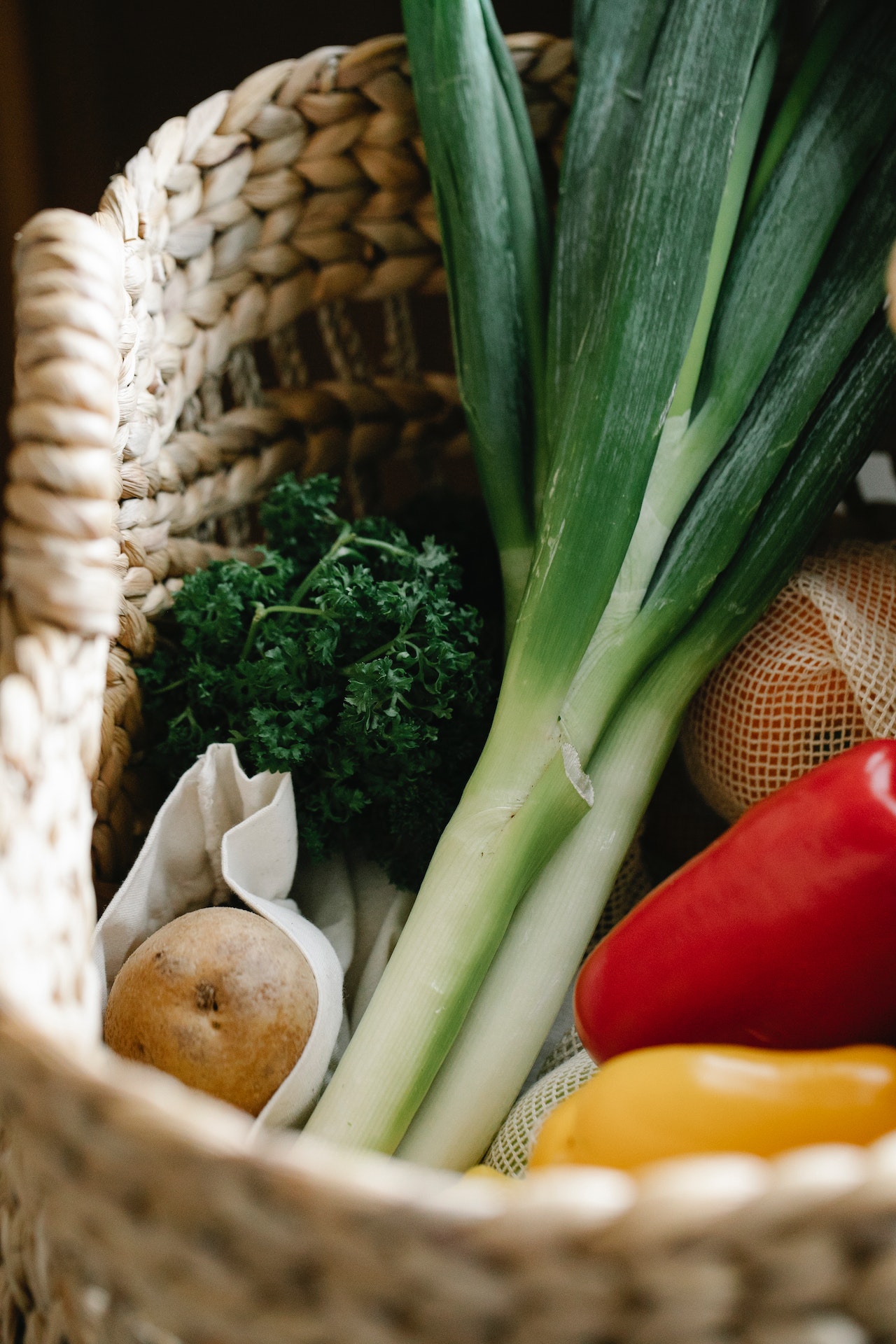
A more sustainable approach would be to prevent plastic waste from the earliest stages of the product life cycle by reducing plastic production, reusing what already exists and replacing plastic with other materials where appropriate.
Reducing the production of unnecessary plastic is essential. Plastics that cannot be collected, reused or recycled, as well as those containing toxic products, must be disposed of as a priority. Global limits on plastic production could restrict its use to reusable products and packaging, reducing pressure on recycling systems.
Reusing existing plastic reduces the amount of new products and packaging to be manufactured, and the amount of waste to be recycled. Governments could set national mandates to encourage the use of reusable cups and bottles, which would significantly reduce the number of disposable cups and tumblers used each year.
There is no universally durable alternative material to plastic, but metals, glass or paper can be used depending on specific product requirements. As we mentioned when we talked about bio-plastics, it’s essential to assess the environmental consequences of each material over its entire life cycle, taking into account the social, environmental and economic costs, to avoid replacing one problem with another.
Recycling remains useful when other options are exhausted, but it should not be used to justify increased plastic production. Plastics for recycling must be designed for safe, clean recycling, and toxic additives must be banned. Clear product labeling is also crucial to help consumers make informed decisions about reuse or recycling.
What do consumers do?
What they can!… Of course there are always behaviours and practices we can improve, habits we can break, but in essence as long as the crucial shift away from plastic at the root of the production system, the development of non-polluting sustainable alternatives, the creation of new consumption models (or a return to old ones), we consumers can continue to make all the efforts we want the result will remain marginal compared to the scale of the task.
But that doesn’t mean we can’t do anything! Here’s a list of tips we’ve already given you in our article on the ocean, the earth’s other lung.
FOR YOUR HEALTH and that of the environment
-Drink tap water rather than bottled water, which contains on average twice as many microplastics as tap water (according to American chemist Sherri Mason).
-Use a water filter system to reduce the concentration of microplastics in the water.
-Do not heat food in plastic. Heated plastics are known to release chemicals into food.
-Reduce your consumption of processed and raw packaged foods.
-Microplastics are released from baby bottles during formula preparation, according to a study by scientists at Trinity College Dublin.
-Hot liquids, such as formula milk or the water used to sterilize baby bottles, release more of these tiny fragments.
-Avoid plastic containers of any kind, including cosmetics and hygiene products.
-Make sure your home is well ventilated, as the concentration of airborne plastics is much higher indoors.
-Vacuum often to remove microplastic dust that accumulates on the floor, and remove carpets that trap fibers and plastic particles.
-Choose hardwood or ceramic tile floors, as vinyl and linoleum flooring can release microplastics into the air.
Choose natural, eco-friendly fibers when buying clothing and bedding, as they release fewer microplastics and harmful chemicals.
-Although textiles can also lose microfibers during manufacture or simply when worn, rethinking the way you wash can make all the difference. Washing a single load of synthetic garments can release millions of microfibers:
-Use a wash bag like the one from Guppyfriend, which has been designed to filter the microfibers released by textiles during washing to prevent plastic pollution (reduces fiber loss by 54%).
-Reduce the frequency of your laundry, asking yourself if you really need to wash a garment you’ve only worn once. At the same time, you save water and energy.
-Air-dry your clothes as often as possible, as microfibers are also released by tumble dryers.
-Optimize your washing machine’s load and avoid running the machine half or partially (research suggests that microfiber loss is greater when large quantities of water agitate a small quantity of clothes).
-Wash your clothes at a lower temperature and for a shorter time, as hotter, longer washes can produce more polluting fibers.
Front-loading washing machines are preferable, as they generate fewer microfibers than top-loaders.
-There are a number of devices designed to combat microfiber pollution, including washing machine filters and washing bags and balls. Studies suggest that filters are the most effective.
-If you use a filtering device such as a wash bag, wash balls or a filter, dispose of the captured fibers in the trash, preferably covered, and be careful not to rinse down the sink whatever has been used to capture the fibers.
-Some washing machines, like the GRUNDIG FiberCatcher, retain up to 90% of microfibers in synthetic-fiber cycles (depending on the manufacturer).
-Use a reusable shopping bag.
-Turn your back on straws and disposable cutlery.
Buy second-hand instead of new, to reduce the extraction of raw materials.
-Use products made from recycled materials.
-Buy locally and without plastic packaging.
-Prepare your meals and store your food in reusable containers.
-Carry your own reusable water bottle.
Turn your back on single-use plastics.
To find out more:
*https://www.heidi.news/sante/polluants-eternels-tous-les-suisses-sont-contamines-aux-pfas
**https://www.unep.org/fr/resources/turning-off-tap-end-plastic-pollution-create-circular-economy
***https://www.greenpeace.ch/fr/story-fr/98634/recyclage-plastique-une-impasse/
****https://carbotech.ch/cms/wp-content/uploads/KuRVe_rapport_public.pdf
